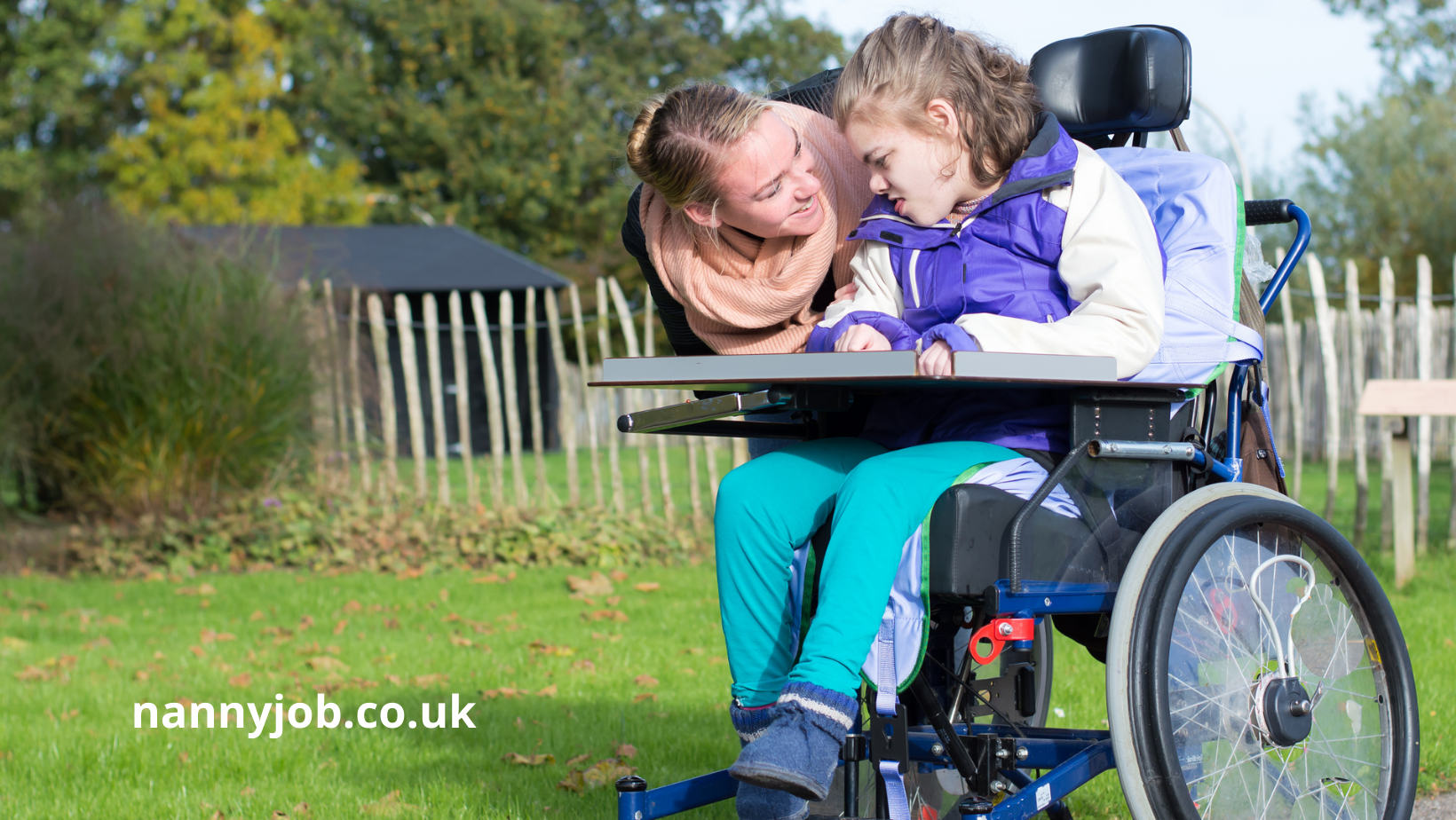The holiday season, often dubbed as ‘the most wonderful time of the year,’ brings its share of festive cheer and, let’s admit, a considerable amount of stress. Between finding the perfect gifts, preparing for family gatherings, and managing excited children, the essence of Christmas can sometimes be lost in the chaos. Here’s a guide to help families and nannies navigate this joyful yet overwhelming season, ensuring it remains a magical time for everyone, especially the little ones.
1. Presents with Presence: Rethinking Gift-Giving
Christmas is synonymous with giving, but it doesn’t have to mean spending a fortune. Handmade gifts, setting spending limits, or organizing a Secret Santa are thoughtful ways to exchange presents without the stress of overspending. Remember, the best gifts often come from the heart, not the wallet.
2. Keeping Celebrations Realistic: Quality Over Quantity
The magic of Christmas isn’t found in how packed your schedule is, but in the quality of time spent. Avoid overfilling your holiday itinerary. Young children, in particular, can find too many activities overwhelming alongside the excitement and routine changes that Christmas brings.
3. Understanding and Empathy: Managing Meltdowns
With the excitement of the holidays, sugar rushes, and disrupted routines, children’s meltdowns can be inevitable. When they happen, it’s essential to approach them with empathy. Recognize their feelings, offer comfort, and understand that it’s just as overwhelming for them as it can be for you.
4. Relaxation is Key: Finding Time to Unwind
Amidst the hustle and bustle of the season, it’s crucial to find time to relax. Whether it’s enjoying a hot cup of cocoa, reading a book, or simply putting your feet up, taking time for yourself will help maintain your wellbeing, allowing you to enjoy the festivities more fully.
5. Focus on What’s Important: Love, Family, and Togetherness
Ultimately, Christmas is about love, family, and togetherness. Let go of the little things and cherish the time you have with your loved ones. Create memories, savor the moments of joy, and capture the magic in the eyes of children as they experience the wonders of the season.
This Christmas, let’s strive to make the holiday less







